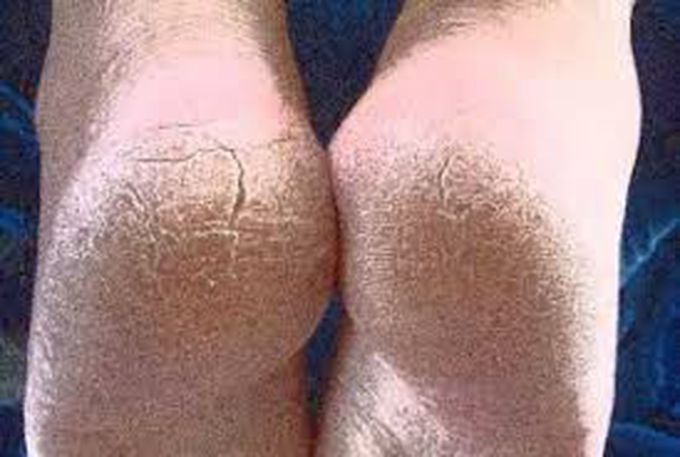


Symptoms of anhidrosis
Anhidrosis, or the inability to sweat normally, can manifest in various symptoms, with the most prominent being a lack of sweating, especially in response to heat or exercise. Other common symptoms include dizziness, muscle cramps, flushing, and feeling hot and unable to cool down. In some cases, anhidrosis can lead to heat-related illnesses like heat exhaustion or heatstroke. Here's a more detailed breakdown: Reduced or absent sweating: This is the defining symptom. You may not sweat at all, or you might sweat very little, even when you should be sweating normally (e.g., in a hot environment or during exercise). Heat intolerance: You might feel excessively hot and struggle to cool down, even in moderate temperatures. Dizziness and weakness: This can be a result of your body struggling to regulate temperature, leading to feelings of lightheadedness and fatigue. Muscle cramps or weakness: These can be triggered by the body's inability to cool down effectively, especially during physical activity. Flushing: Your skin might appear flushed or red, particularly in areas where you would normally sweat. Increased body temperature: In severe cases, anhidrosis can lead to an elevated body temperature, potentially causing heatstroke. Heat-related illnesses: Anhidrosis can increase the risk of heat exhaustion and heatstroke, which are serious medical conditions. Excessive sweating in unaffected areas: In some cases, anhidrosis can be localized, meaning some parts of the body may not sweat while others do, potentially leading to excessive sweating in those unaffected areas to compensate for the lack of sweating elsewhere.

